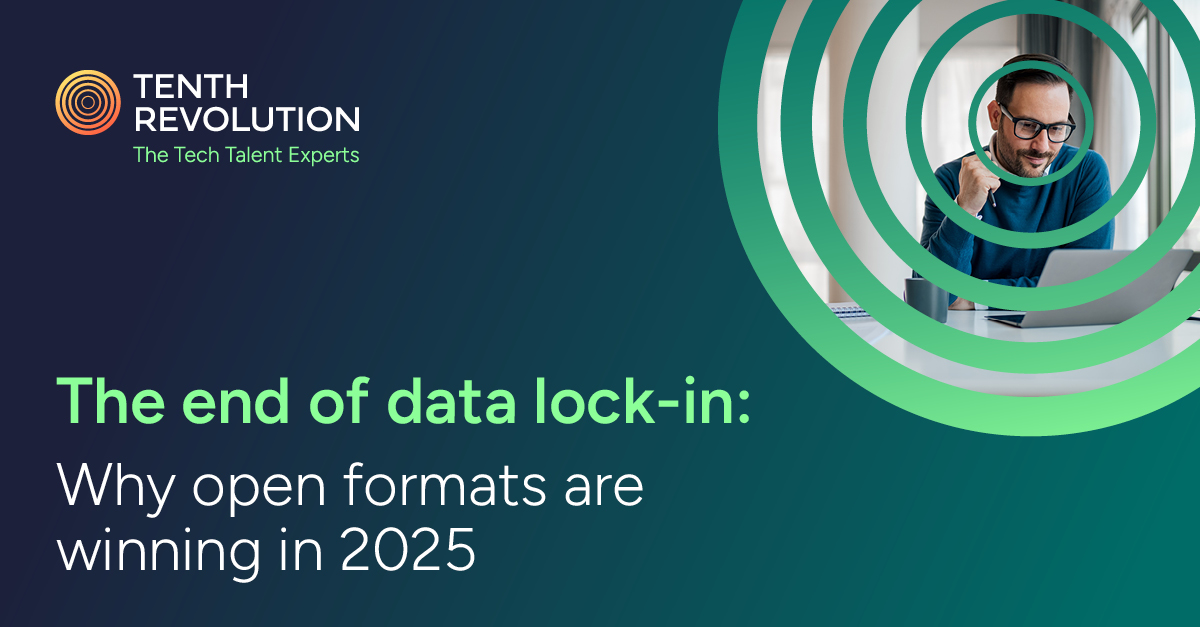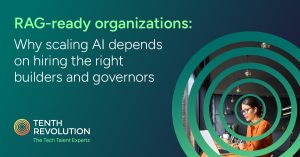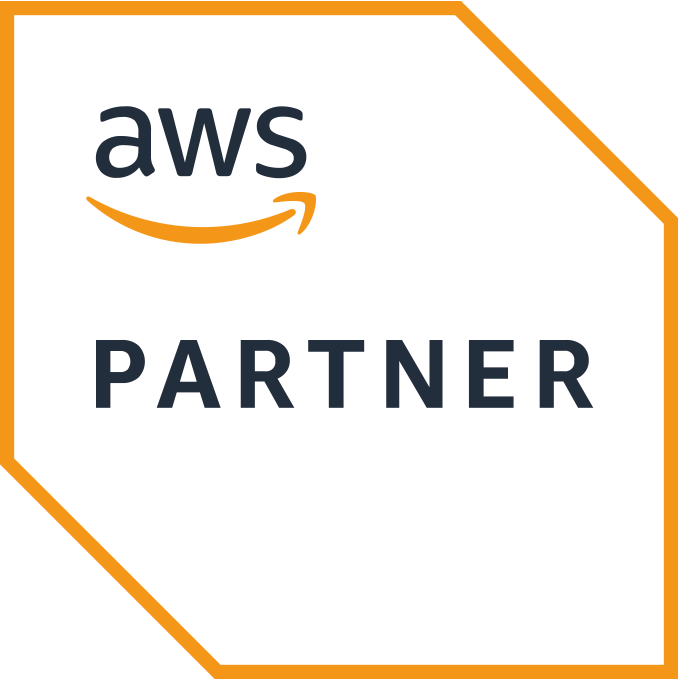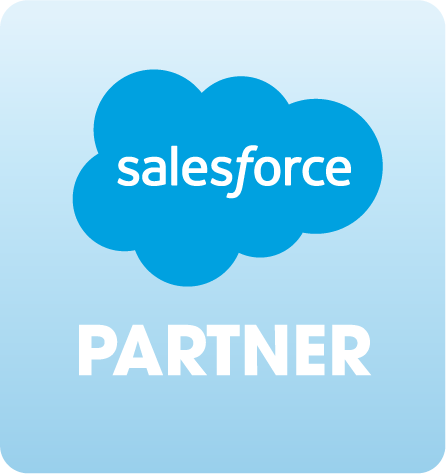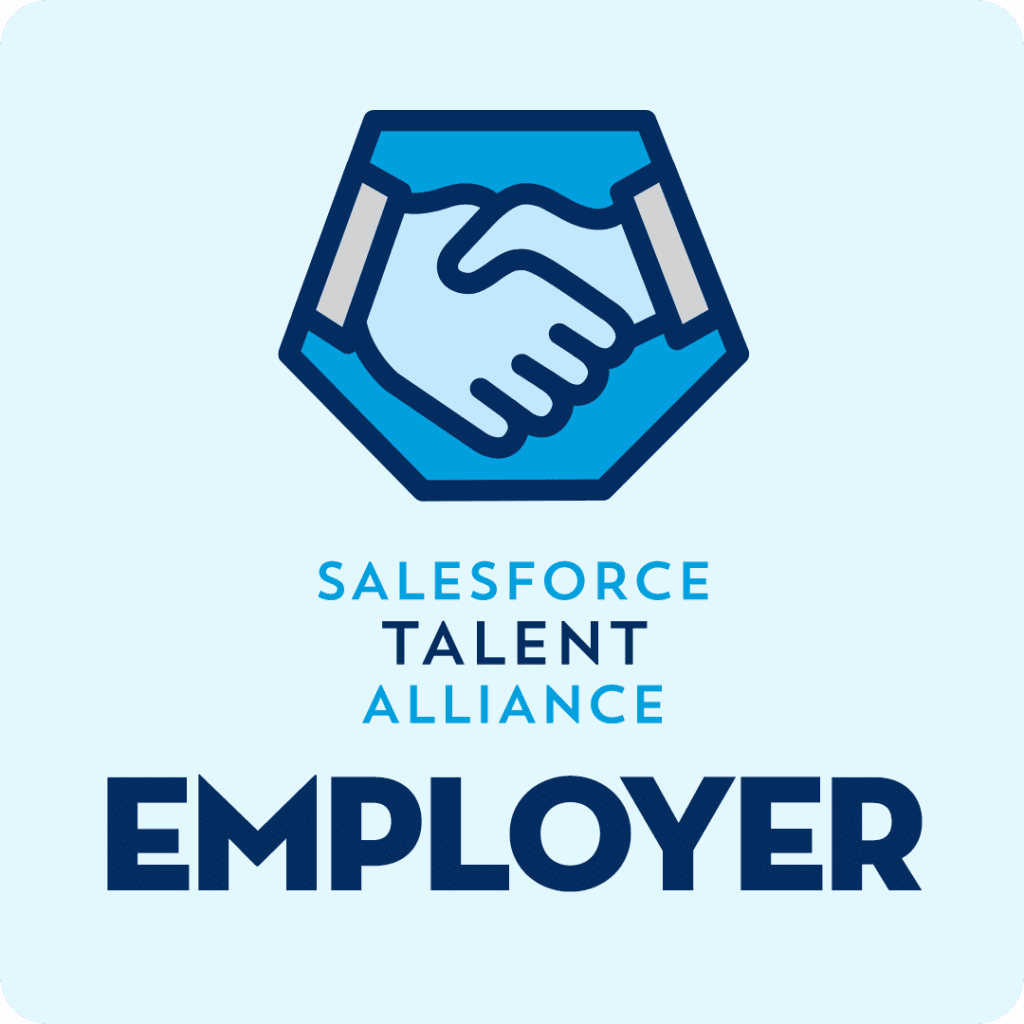For years, data teams have been tied to proprietary formats that made it hard to integrate systems, switch vendors, or scale AI. In 2025, that’s changing fast.
Open table formats like Apache Iceberg, Delta Lake, and Hudi are becoming the default for enterprises that want flexibility, real-time access, and lower costs. At the same time, governance and catalog layers are maturing, making it possible to combine open infrastructure with enterprise-grade security and oversight. The result is a new data landscape where interoperability and trust are no longer trade-offs.
Why open formats are gaining ground
The push for open formats isn’t just a technical preference, it’s a response to real business needs. CIOs, CFOs, and operations leaders are demanding platforms that break free from vendor dependency and give them options for the future. Open formats deliver on several fronts:
- Interoperability: Data stored in Iceberg or Delta can be queried by multiple engines, avoiding lock-in with a single vendor.
- Scalability: Open formats are designed to support massive datasets without sacrificing performance.
- Ecosystem maturity: The past few years have seen growing support from cloud providers, data platforms, and open-source communities, reducing the risk of adoption.
- Cost control: By decoupling storage from compute, open formats allow businesses to optimize spend and avoid being tied to premium services for basic functionality.
Want to make the most of open data platforms? Tenth Revolution Group helps enterprises hire contract data engineers and governance experts who know how to implement Iceberg, Delta, and Hudi in production.
Real-time and governance: The missing pieces
Storing data in open formats is only half the battle. Enterprises also need real-time pipelines and governance layers to make sure data is both usable and compliant. That’s where catalogs, semantic layers, and streaming integration come in:
- Unified catalogs: Provide a single source of truth for schema, lineage, and permissions across systems.
- Semantic and metrics layers: Translate complex technical data into business-friendly models that can be consumed by both humans and AI.
- Streaming convergence: Allow fresh data to flow into open tables continuously, making analytics and AI outputs current and relevant.
Together, these pieces turn open formats from an IT choice into a business enabler, helping organizations scale AI without creating compliance headaches.
Industry adoption examples
Leaders across sectors are already making the shift:
- Financial services firms are standardizing on Iceberg to ensure audit-ready transparency across multiple trading and risk systems.
- Retailers are using Delta Lake to combine e-commerce, point-of-sale, and inventory streams into a single view for real-time demand forecasting.
- Healthcare providers are adopting Hudi to manage patient data pipelines, balancing interoperability with strict regulatory requirements.
- Manufacturers are leaning on open table formats to integrate IoT data with supply chain records, enabling predictive maintenance at scale.
These examples highlight a consistent theme: open formats are no longer an experiment. They’re the backbone of real-world enterprise systems.
Need to strengthen your data strategy? Tenth Revolution Group’s AI Salary Guide shows how organizations are resourcing data and AI skills in 2025—and where gaps could slow your adoption.
What leaders should prioritize now
If your organization is still locked into proprietary systems, 2025 is the year to plan your transition. Leaders should focus on:
- Assessing data lock-in – Map where proprietary formats are creating risks or unnecessary costs.
- Investing in talent – Ensure you have engineers and architects who know how to implement and manage open table formats at scale.
- Embedding governance – Pair openness with controls for access, privacy, and auditability.
- Piloting real-time use cases – Start small with high-value scenarios like forecasting, personalization, or compliance reporting.
- Planning for AI – Ensure your open format strategy aligns with retrieval, semantic, and governance needs for generative AI.
Why this matters for 2025 and beyond
The move to open formats is about more than technology. It’s about building a data foundation that is flexible, cost-efficient, and ready for AI. Vendor lock-in has long slowed innovation and inflated costs. By embracing open standards, businesses gain the freedom to choose the best tools, the transparency to meet regulatory demands, and the agility to adapt as AI becomes more deeply embedded in operations.

